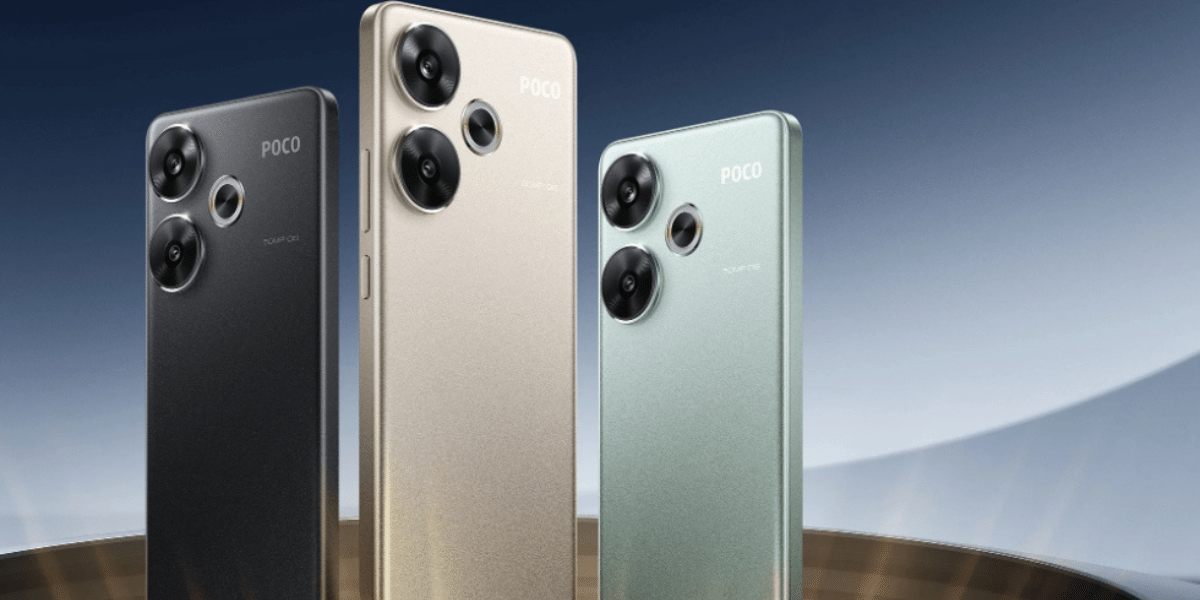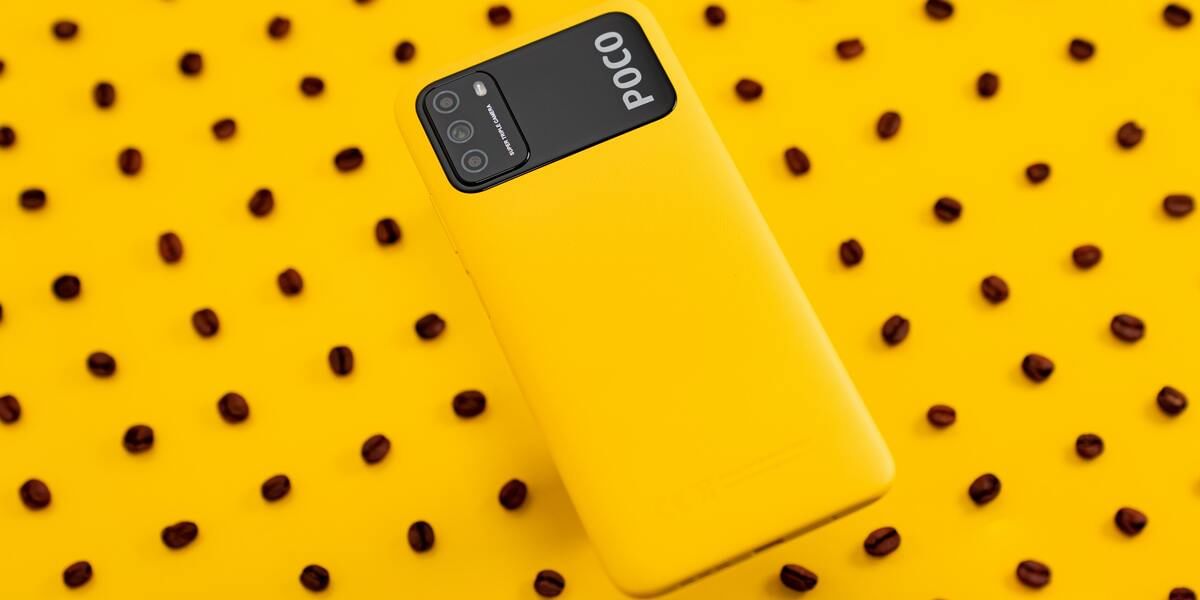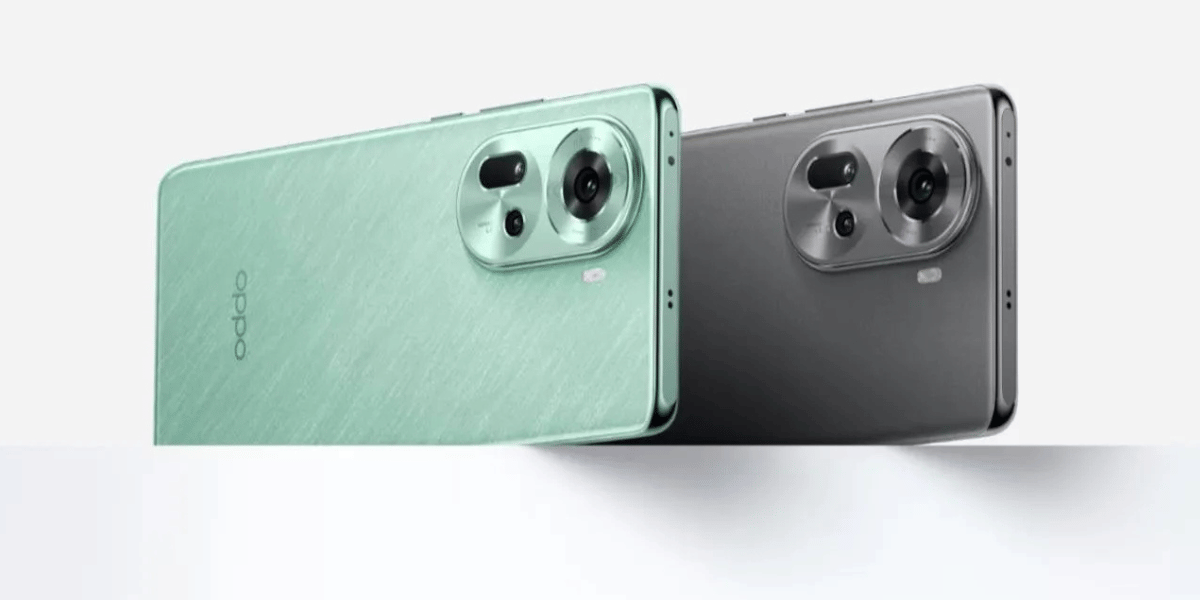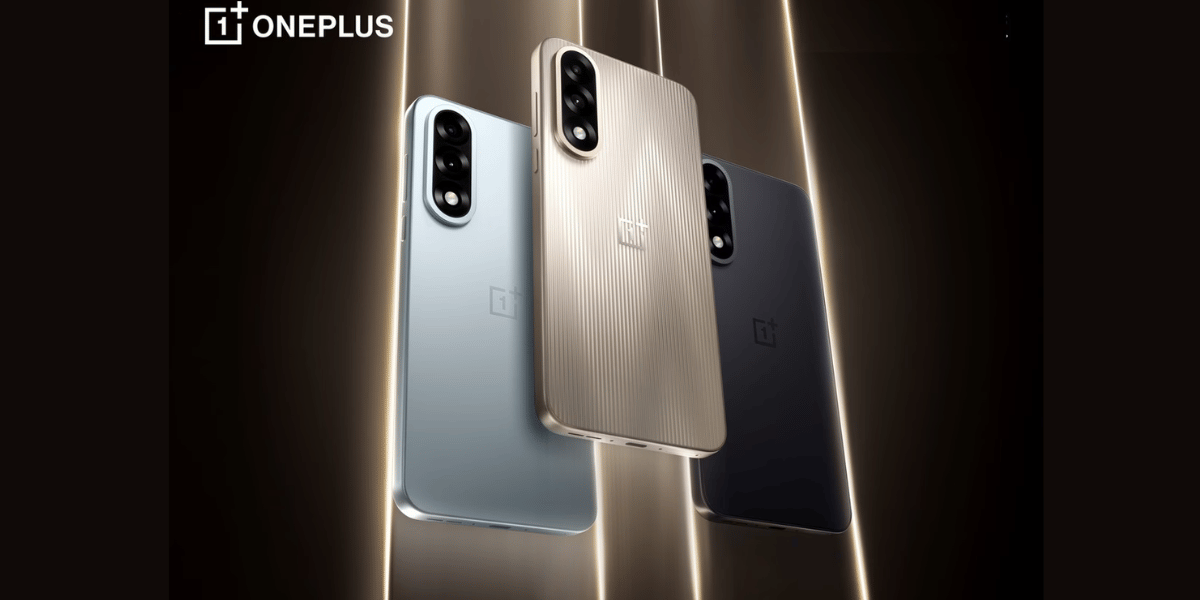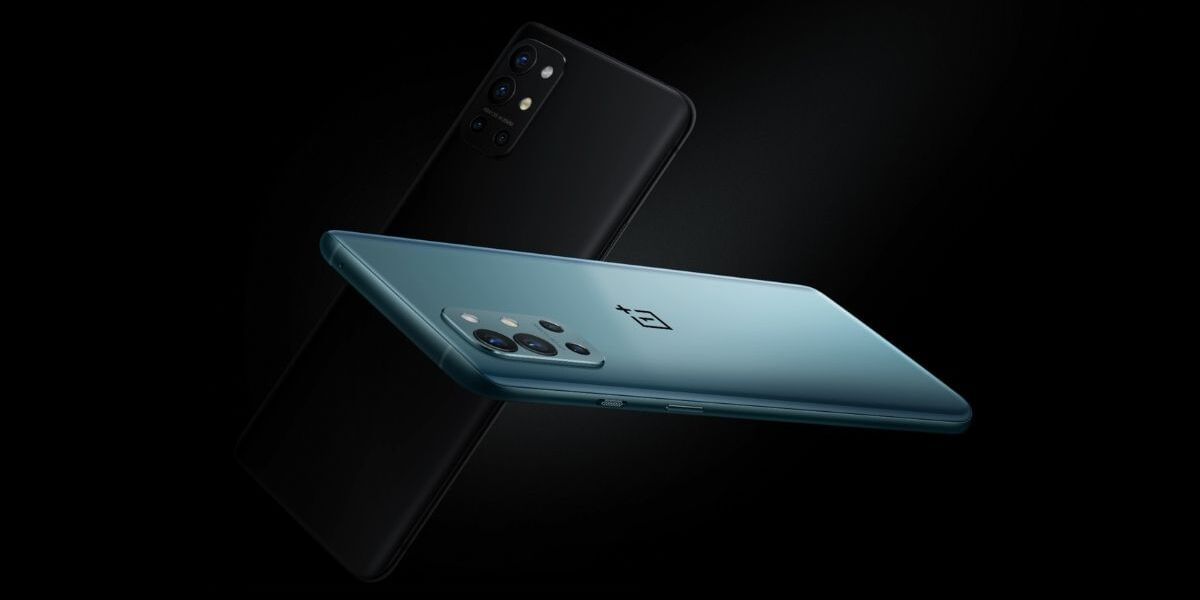Xiaomi 13 Pro vs. Samsung Galaxy S23 Ultra 5G
Are you excited to obtain your next smartphone? Troubled by the knowledge of which one? We have your back, so stop worrying. The popular cell phones on the market will be compared in this article. The comparison between the Xiaomi 13 Pro vs. Samsung Galaxy S23 Ultra 5G will be our topic today.
Let’s start by talking about the price tag. The Xiaomi 13 Pro is anticipated to cost Rs. 59,290 in India, while the Samsung Galaxy S23 will cost Rs. 69,390 in India.
Given the significant price disparity between the two models, understanding their characteristics is essential.
Also Read: Samsung Galaxy M21 vs. Samsung Galaxy M30S vs. Xiaomi Redmi Note 6 Pro
Xiaomi 13 Pro vs. Samsung Galaxy S23 Ultra 5G: Comparison Review
The following table will provide you with an idea of the article.
| Headings | Xiaomi 13 Pro | Galaxy S23 Ultra 5G |
| Chipset | Qualcomm Snapdragon 8 Gen 2 | Qualcomm Snapdragon 8 Gen 2 |
| Display | 6.73 inches, OLED | 6.8 inches, AMOLED |
| Storage | 8GB 128GB | 12GB 256GB |
| Camera | Triple, 50MP + 50MP + 50MP | Quad, 200MP + 12MP + 10MP + 10MP |
| Battery | 4820 mAh | 5000 mAh |
Also Read: Realme GT Neo 3T 5G vs. POCO F4 5G vs. Motorola Moto Edge 20 Pro
Xiaomi 13 Pro vs. Samsung Galaxy S23 Ultra 5G: Display
The 6.73-inch OLED display on the large 6.73-inch Xiaomi 13 Pro is fitted with a 120Hz refresh rate and a 240Hz touch sampling rate. It distinguishes itself from other phones by having a 2K display with a resolution of 1440 x 3200 pixels and a maximum brightness of 1900 nits. On sunny days, the display becomes bright enough to be utilized outside. It is nearly as bright as the iPhone 14 series’ 2000 nits. Furthermore, the interaction experience is made healthy by the 120Hz fast refresh rate.
The Samsung Galaxy S23 Ultra 5G, the competing phone, offers a larger 6.8-inch AMOLED display with a screen resolution of 1440 x 3088 pixels, improving the user experience. The screen is shielded by Corning Gorilla Glass and has a 20:09 aspect ratio. The device has a punch-hole screen display, 501PPI, and a refresh rate of 120 Hz.
Also Read: OPPO F19s vs. Samsung Galaxy S10 Plus
Xiaomi 13 Pro vs. Samsung Galaxy S23 Ultra 5G: Storage and Processor
The Xiaomi 13 Pro offers best-in-class performance thanks to the newest and finest Qualcomm Snapdragon 8 Gen 2 processor. The SoC is combined with; 512GB of inbuilt UFS 4.0 storage and up to 12GB of LPDDR5X RAM. The variant offers a sizable 128GB internal storage and 8GB RAM.
The Galaxy Ultra S23 variant has 12GB RAM and 256GB internal storage. The RAM type supported by the model is LPDDR5X with the storage type of UFS 4.0. The storage capacity can be expanded up to 1TB. With the operating system, Android v13 the model has a good processing feature. The CPU of the model is CPUOcta core (3.2 GHz, Single core, Cortex X3 + 2.8 GHz, Quad core, Cortex A715 + 2 GHz, Tri core, Cortex A510).
Also Read: Xiaomi Redmi Note 11 vs. Xiaomi Redmi Note 9 vs. Xiaomi Redmi Note 9 Pro
Xiaomi 13 Pro vs. Samsung Galaxy S23 Ultra 5G: Camera
The upcoming model has decent camera features. On the back of the Xiaomi 13, there is a triple camera configuration with a 50MP primary camera, a 50MP ultra-wide lens, and another 50MP telephoto lens. You will have a 32MP front-facing camera for sharp selfies.
The Galaxy supports a quad rear camera setup. The resolutions of the camera are 200MP, 12MP, 10MP, and 10MP resolution. The front camera resolution is 40MP with front recording specs of 1920×1080 to 30 fps. Digital Zoom, Auto Flash, Face detection, Touch to focus and a Rear Camera Setup Quad are the features supported by the Galaxy model.
Also Read: Motorola Moto G62 5G vs. Motorola Moto G52 5G vs. Vivo V23e 5G
Xiaomi 13 Pro vs. Samsung Galaxy S23 Ultra 5G: Battery
The Xiaomi 13 Pro’s 4820 mAh battery is somewhat larger than the Xiaomi 13’s 4500 mAh battery. Xiaomi claims that the Xiaomi 13 Pro’s 120W rapid charging capability takes 19 minutes to fully charge the device from zero to one hundred percent.
The Samsung Galaxy model has a huge battery capacity of 5000 mAh. The battery is Li-Polymer non-removable which promises fast charging, wireless charging with a 45W charger, and a Type-C USB port.
Also Read: Xiaomi Redmi Note 11 vs. Xiaomi Mi 10 Lite vs. Xiaomi Redmi Note 9
Conclusion:
The phones have decent features to offer at a great price range. Although the features are identical most time the Samsung Galaxy Ultra S23 model seems to stand out more. Hence, we recommend you the Samsung model. Which one of these models attracted you the most?
Also, have a look at what our experts have to say about these flagship models –
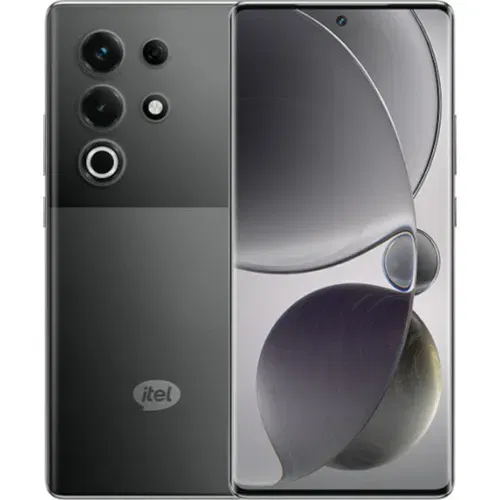
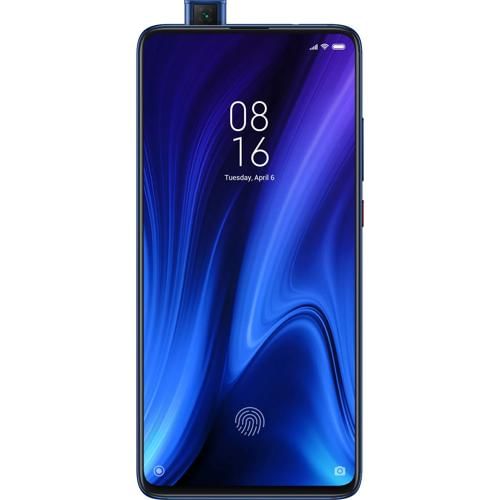
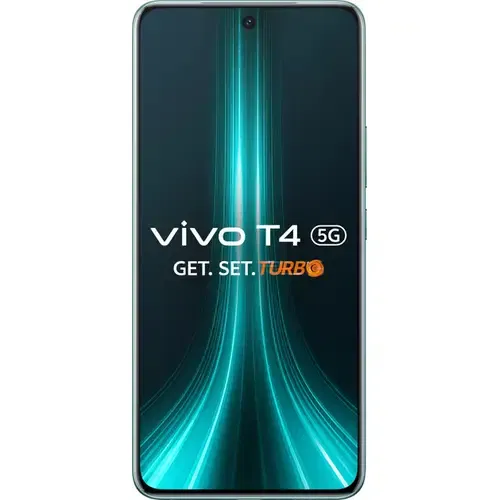
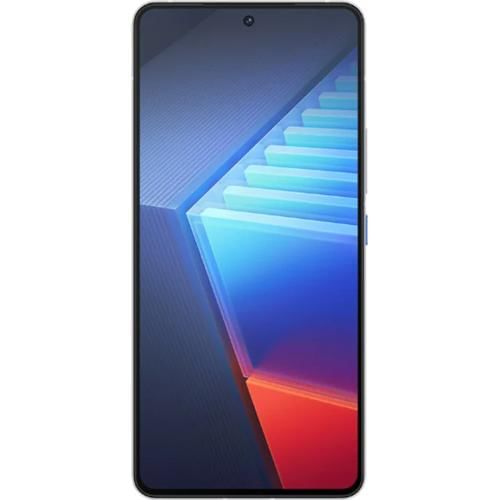
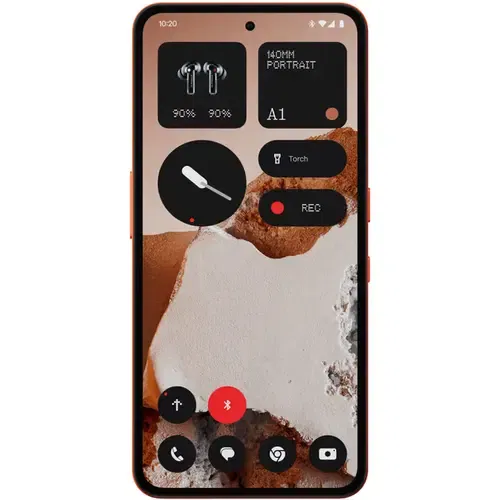
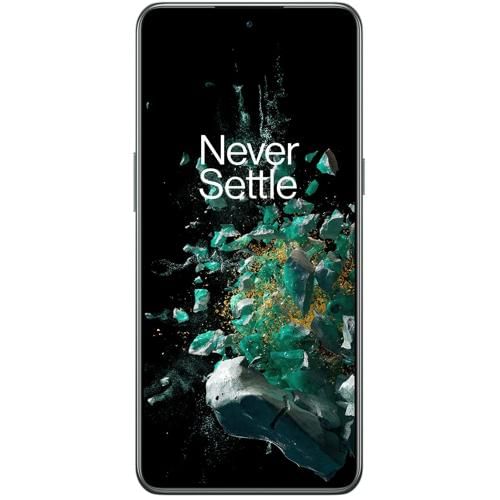

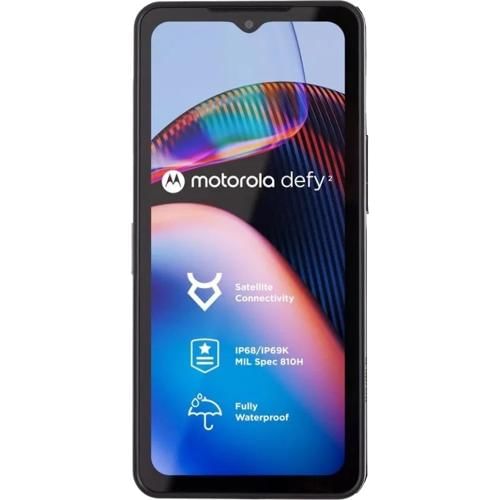
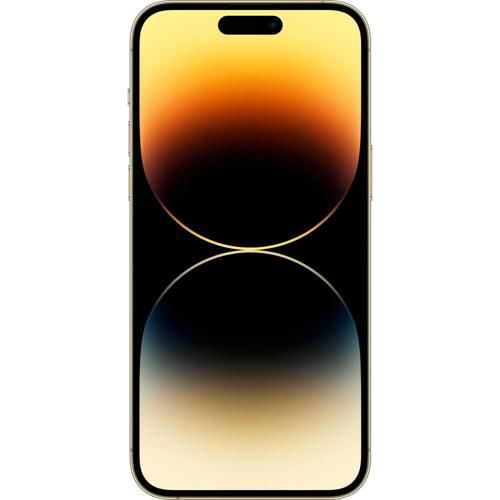
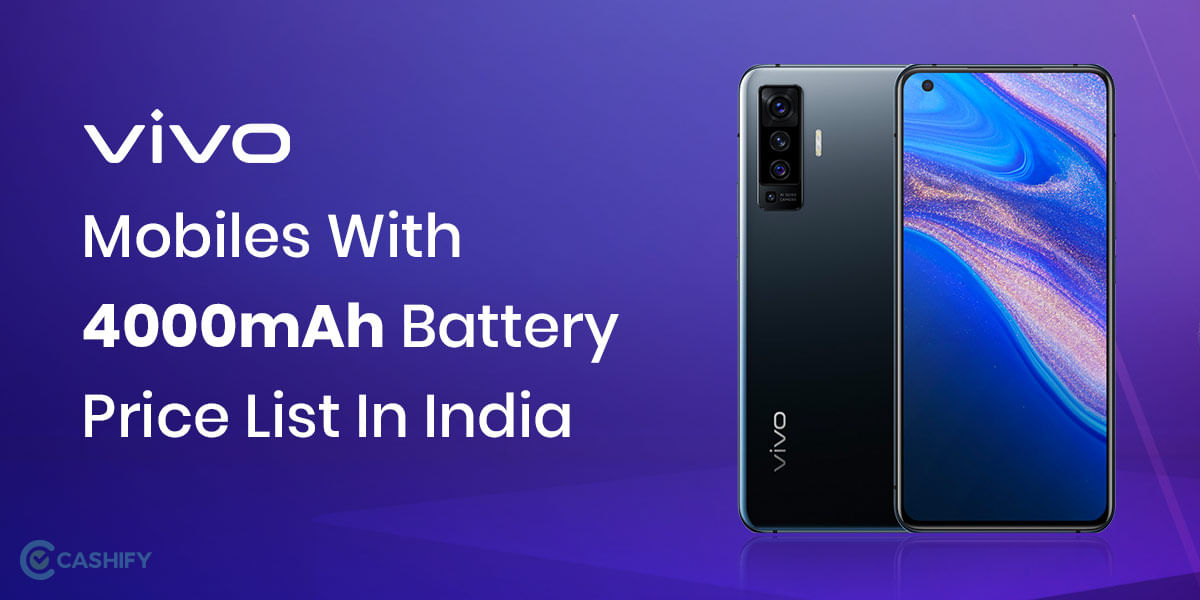
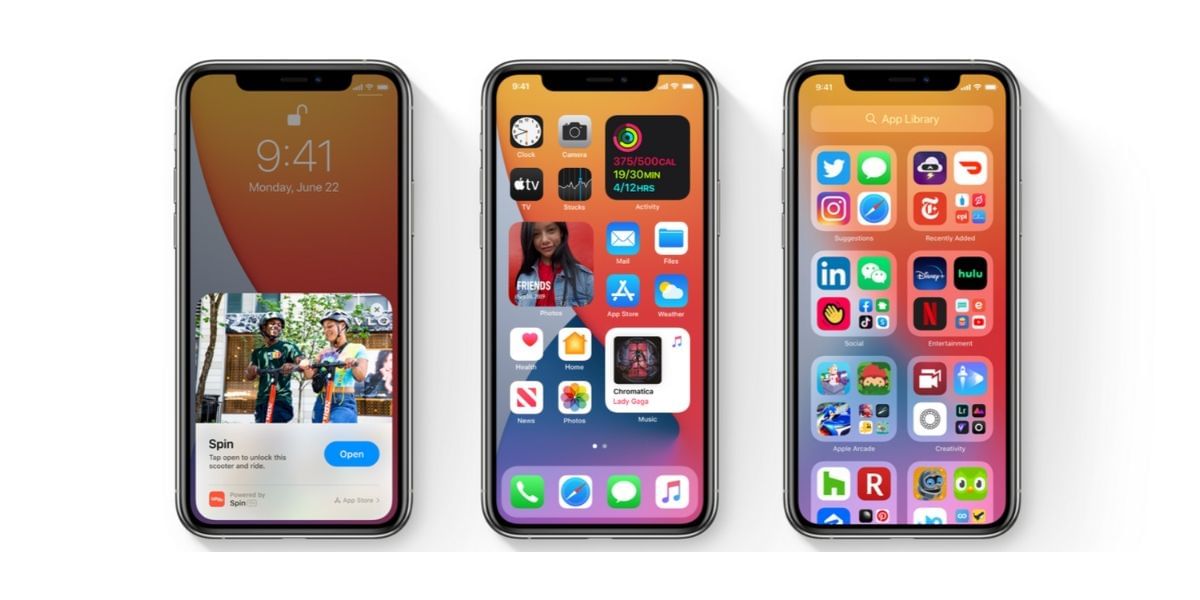
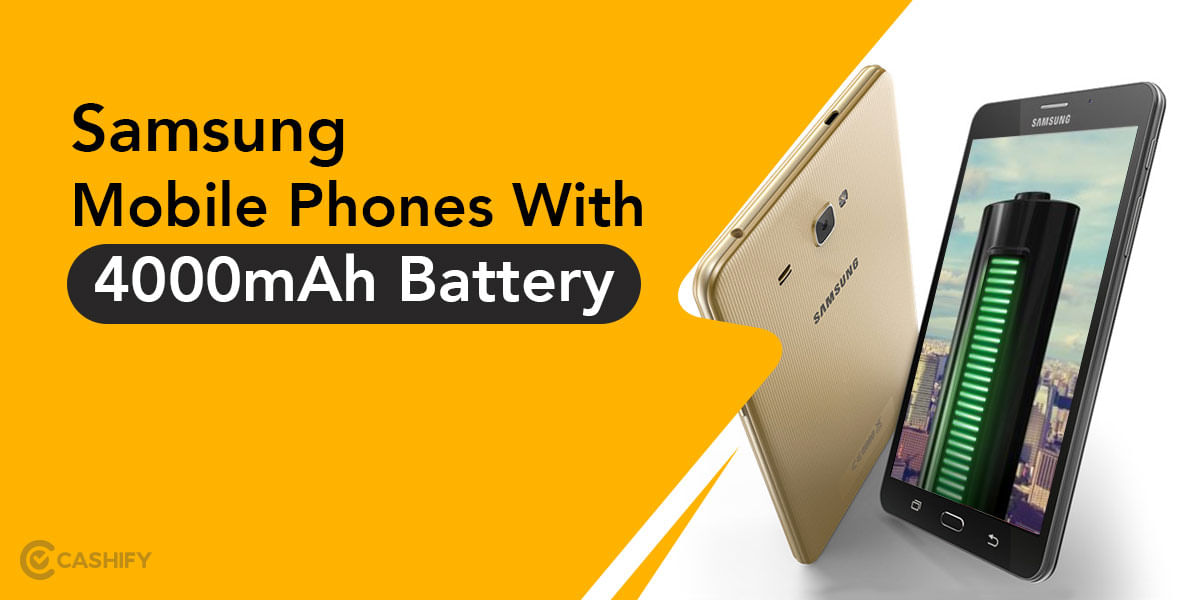
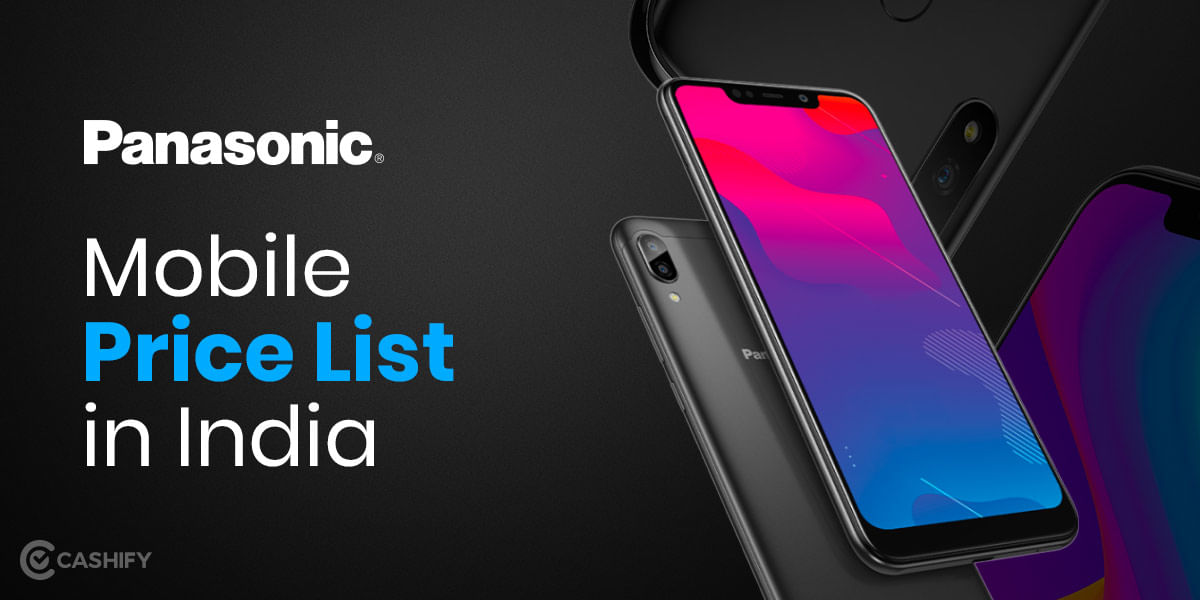
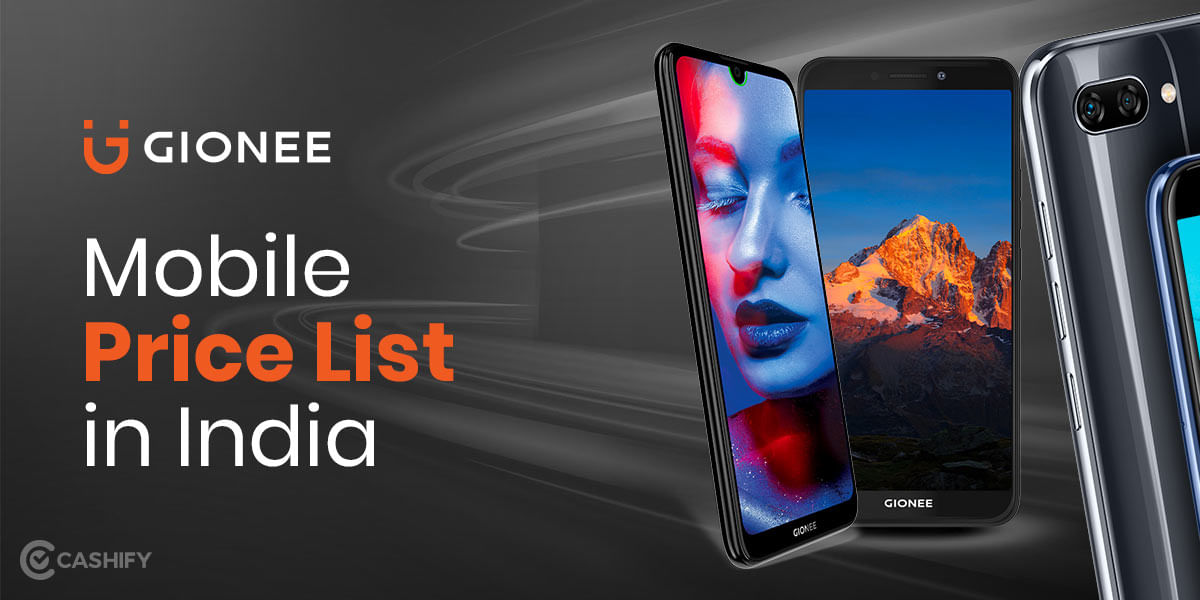
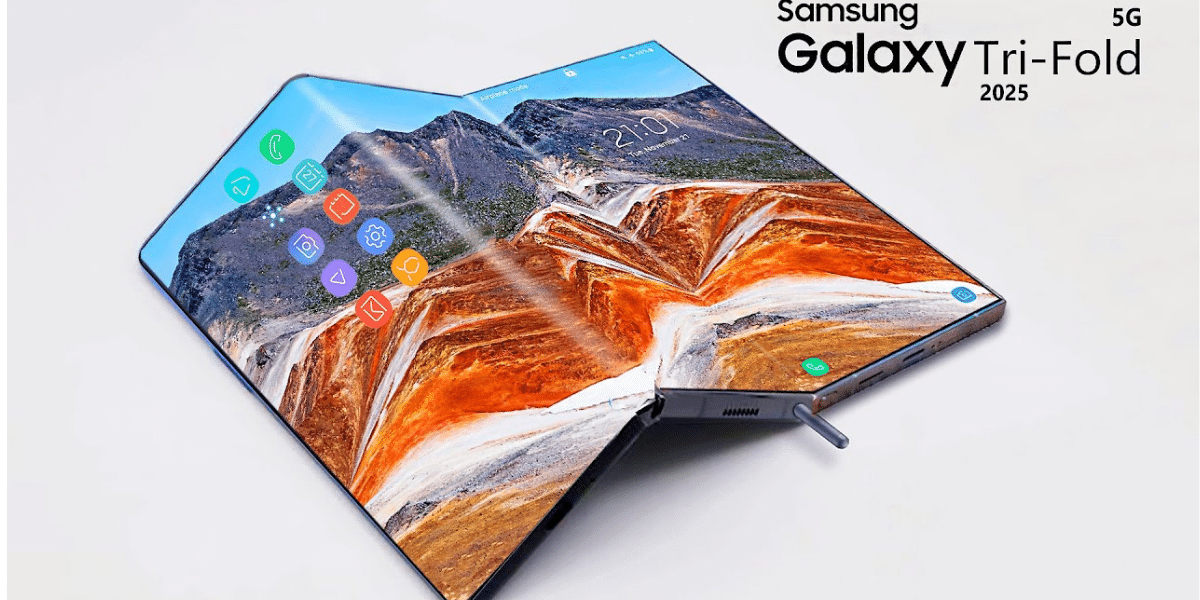
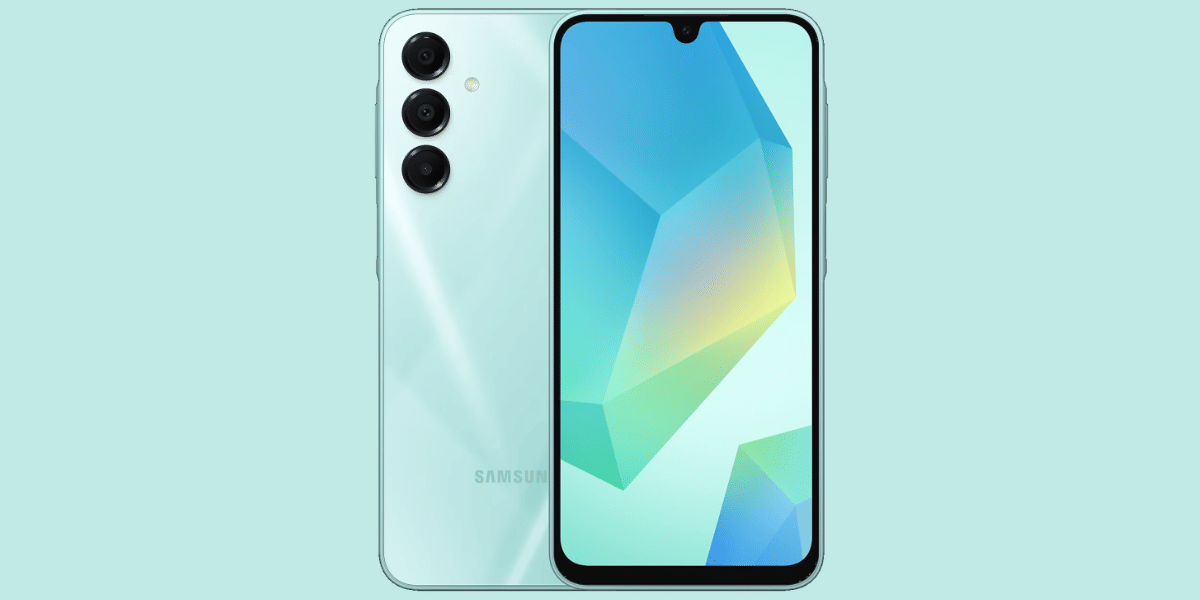
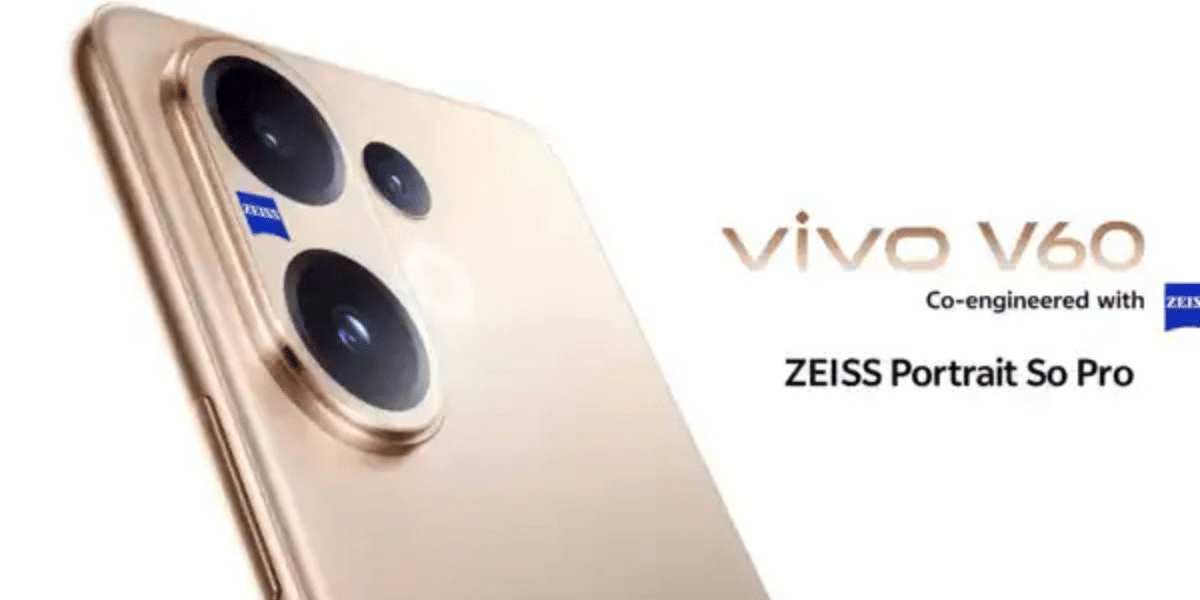
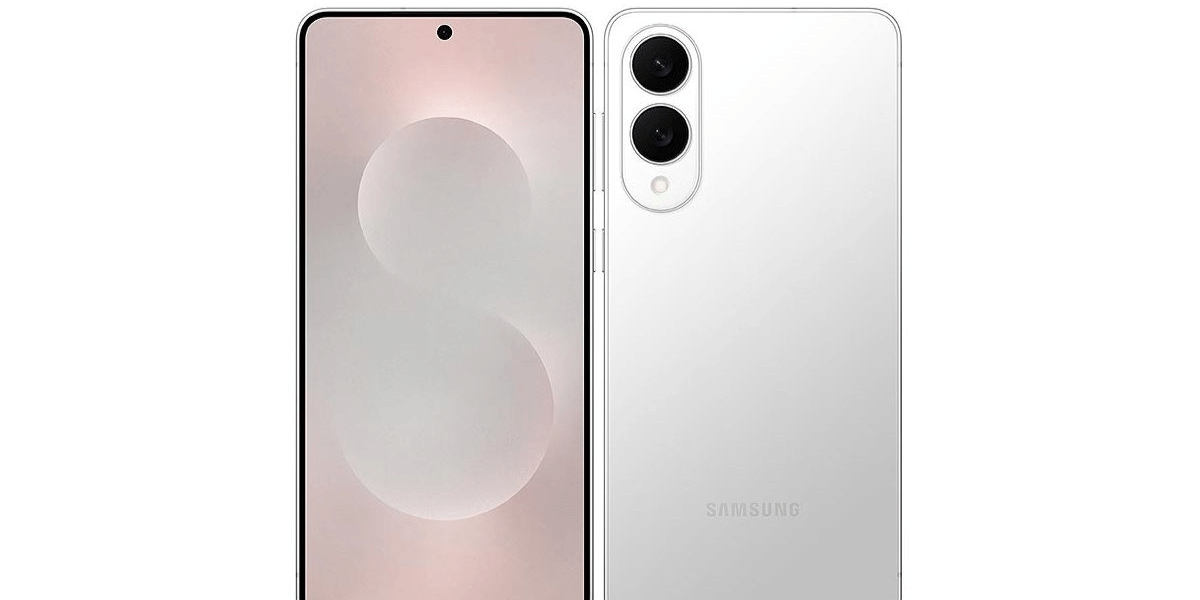
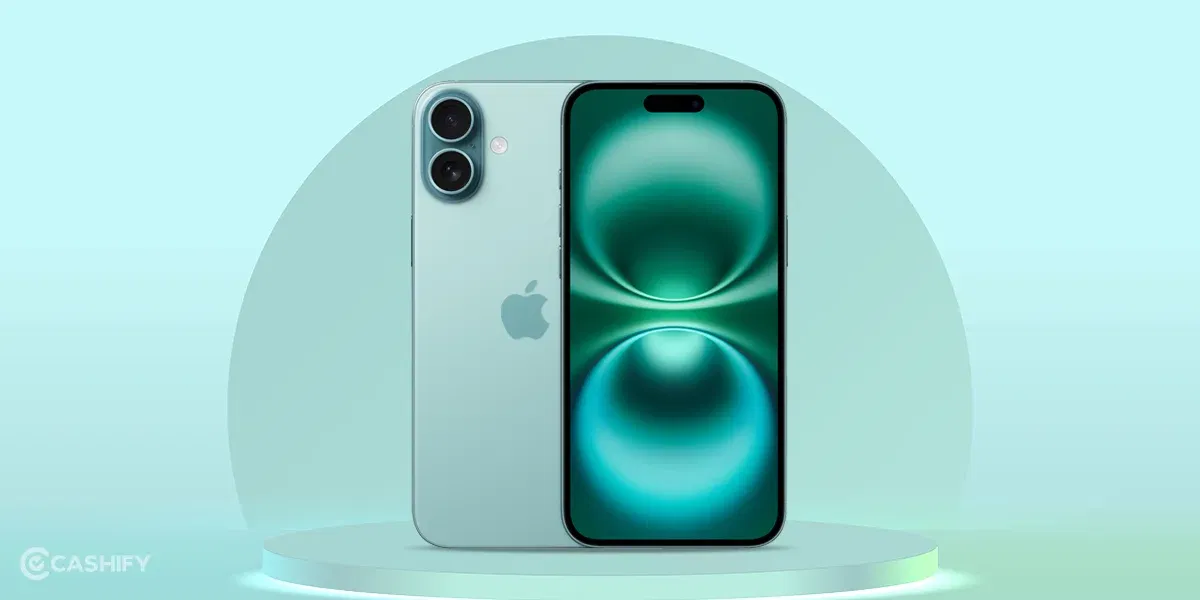

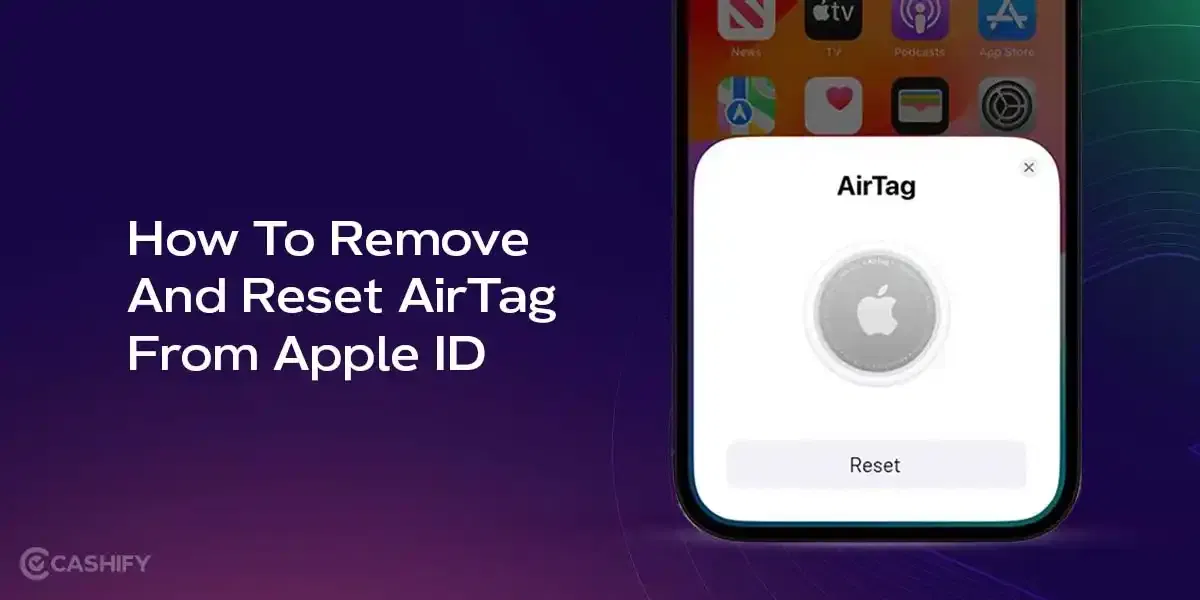
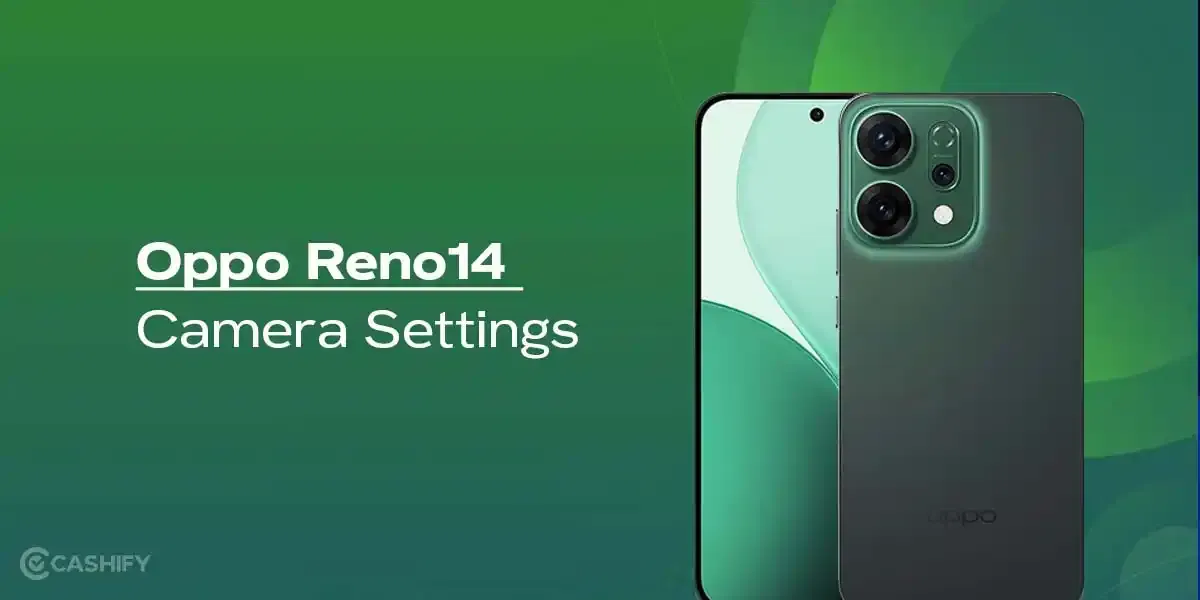

![How To Make Your X (Twitter) Account Private: Full Guide [2025]](https://s3bg.cashify.in/gpro/uploads/2025/06/07171645/How-To-Make-X-Twitter-Account-Private.webp)
